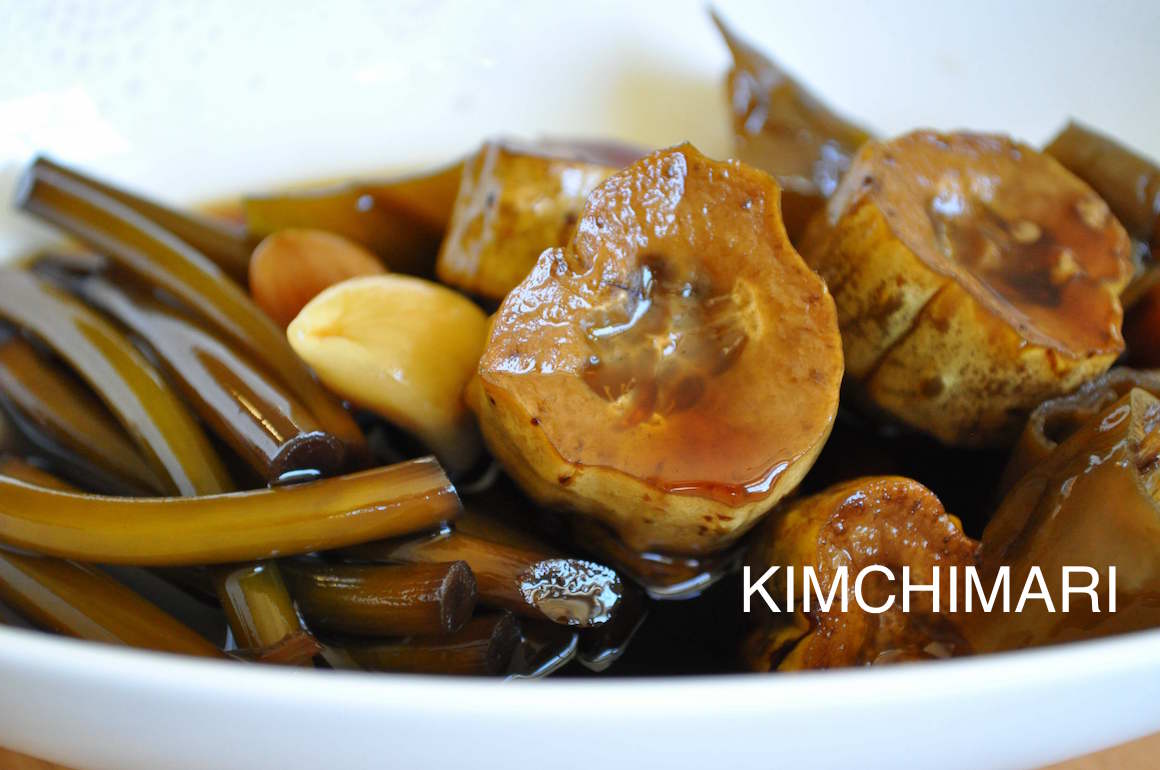
Korean Pickles (Jangahjji 장아찌) can be made with cucumbers, garlic scapes, chili peppers, onions and even broccoli stems.
Pickles..pickles…so delicious, so crunchy, tangy, sweet, salty and even a hint of chili flavor it simply tastes divine. Summers are pretty hot in Korea and when it’s so hot, you often don’t have much of an appetite. But..get a bowl of ice cold water, put some rice (room temp) in it and eat the rice in water with these Korean pickles. Yum! This was a true summer time staple in the good old days.
So, I decided to make some Korean pickles or Jangahjji/Jangajji this summer, from a recipe I got from my mother-in-law during my last visit to Korea. BTW, there are many kinds of Jangajji – check here for a list. It was pretty simple and quite easy to do.
There are many different ingredients you can make pickle out of and here are a few very traditional and authentic ingredients : cucumbers, garlic, garlic scape(stems), onions, green chili peppers and radishes. Broccoli stems and chayote are some new ingredients that Korean Americans discovered and began to pickle very recently.
Depending on their flavors, you can mix various vegetables and pickle them in the same jar. Note that adding garlic or garlic stems will add a garlic flavor to the whole pickle jar so think about it before you mix garlic with other ingredients. I wanted to keep my cucumbers separate from the garlic so I made two jars – one with cucumbers and green peppers and another with garlic and garlic stems.
So here’s what I did:
Korean Pickles Recipe
Prep Time: 10 min Cooking Time: 10 min Pickling Time: 7 days
Ingredients for Korean cucumber pickles (오이 장아찌 Oyi Jangahjji)
- 4 Korean cucumbers (오이 Oyi) (Persian or Pickle cucumbers also OK)
- 5 green chili peppers (optional)
- 3 C soy sauce (approx)
- 3 C sugar (approx)
- 3 C rice vinegar (approx)
- handful of rough Korean sea salt
- glass jar for pickling (I reused a Kimchi jar)
Directions
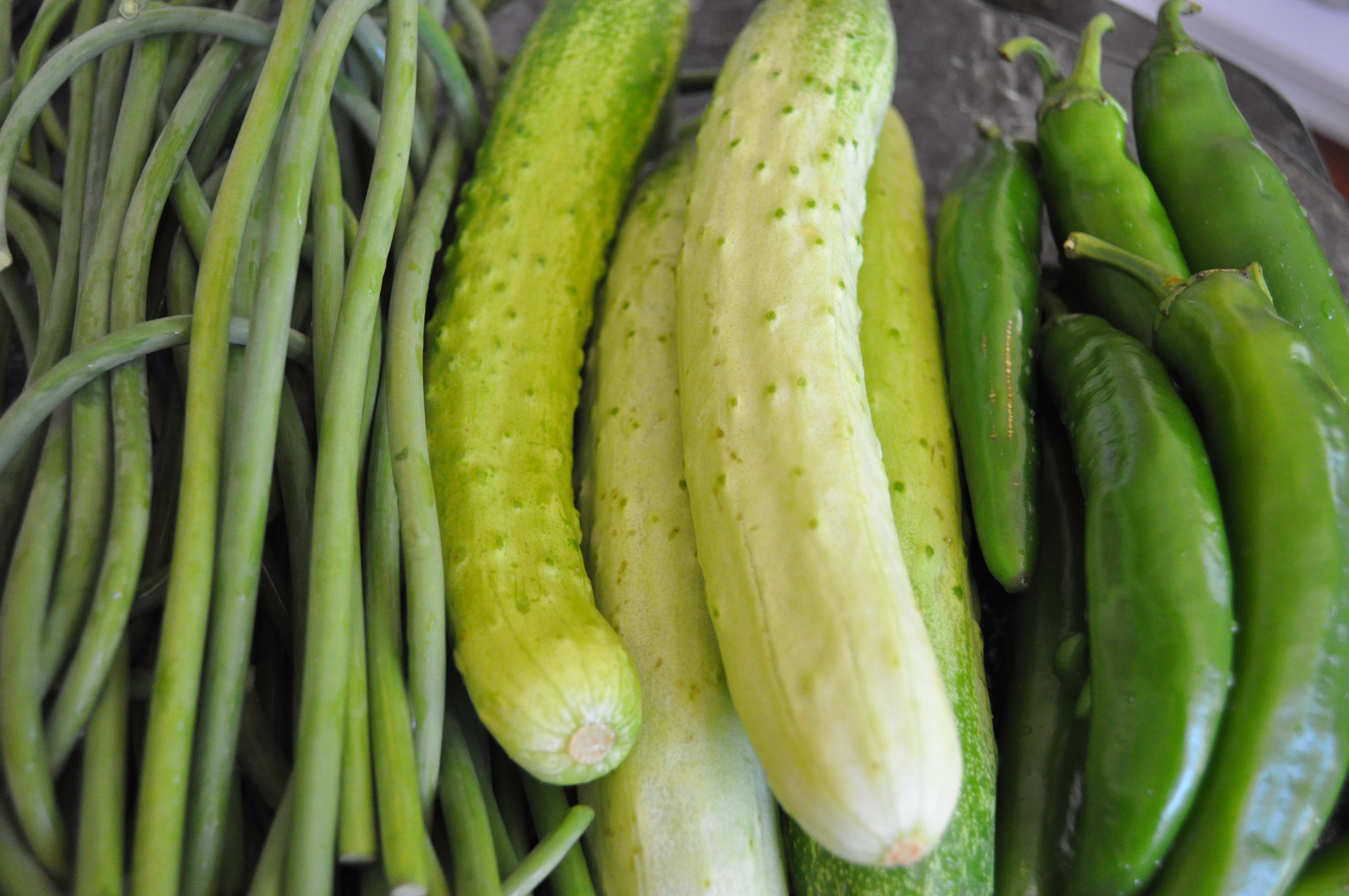
The amount of pickle juice needed varies based on the amount of ingredients and the size and shape of your glass jar. All of the vegetables must be totally submerged in liquid for them to be pickled properly without getting mushy. So the best way to determine how much pickling liquid you will need is to actually put the vegetables in the jar first, then pour enough water in the jar to totally cover all the vegetables. The amount of water poured is the amount of pickle juice you will need then measure the amount of water you used. Then you can calculate back from that how much pickle juice you will need to prepare. For the amount of cucumbers I had, I needed about 6 cups of liquid which then made me figure out that I needed 3 cups of soy sauce and vinegar each to make the 6 cups. The amount of sugar needed just follows the 1:1:1 ratio of soy sauce, vinegar and sugar.
1. Mix soy sauce, vinegar and sugar in a pot and let it come to a boil. When it boils, turn the heat off and let it sit.
2. In the mean time, grab a generous pinch of sea salt and clean the cucumbers by rubbing each one with salt. This is like giving the cucumbers a good exfoliating massage. 🙂 Rinse the cucumbers with water and pat them dry. You can then cut the cucumbers into bite size pieces or keep them whole. I like cutting them because it saves me the trouble of cutting them later. Traditionally, whole cucumbers are used – I have heard that it keeps the cucumbers crunchy longer.
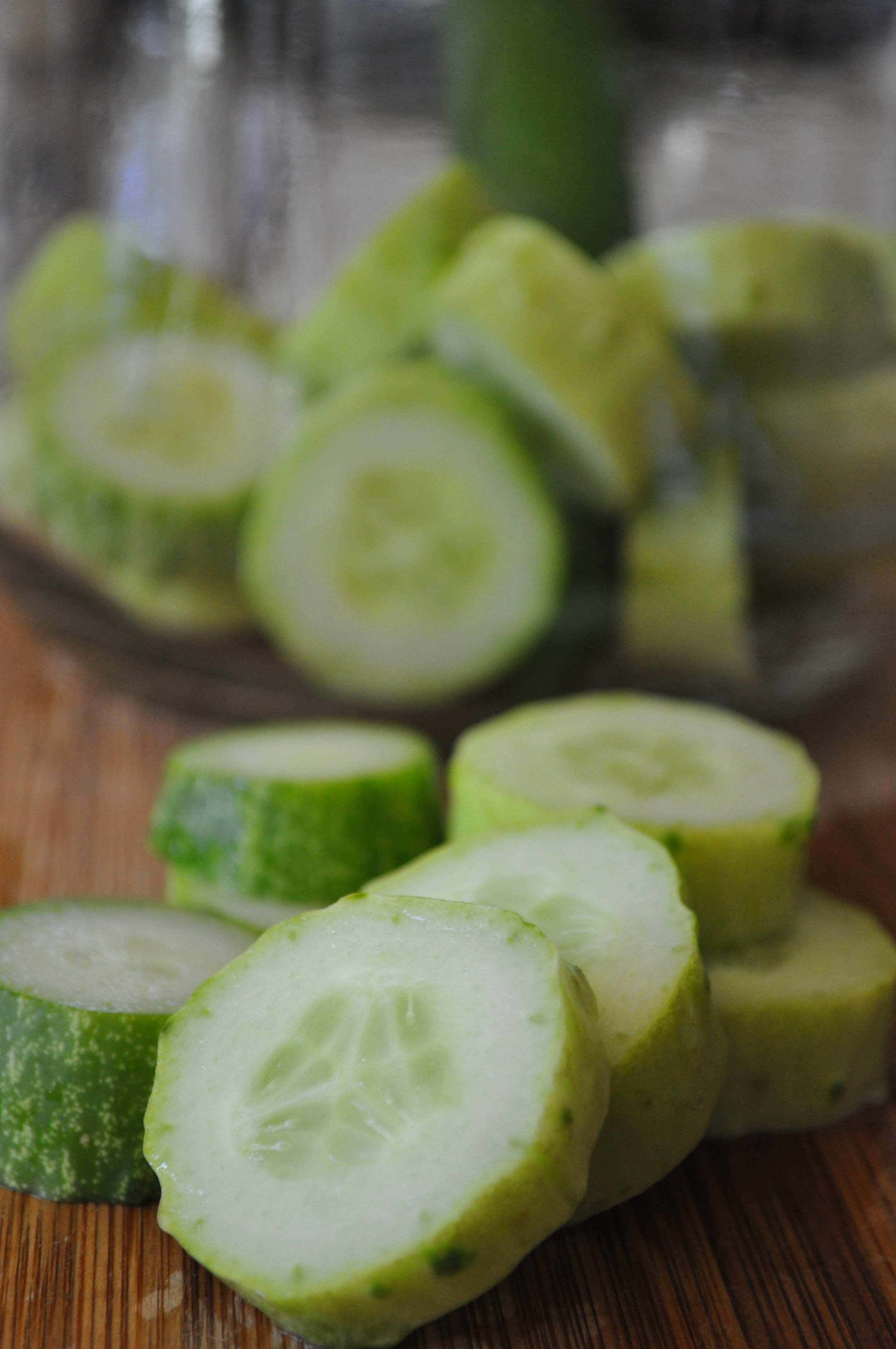
3. Wash the green chili peppers. Whole peppers can be used or can be cut into pieces. When using whole peppers, make a hole in the pepper by piercing it with a sharp skewer or toothpick. This helps the pickling juice to be evenly absorbed into the pepper. I like using Korean green chili peppers because they are not as spicy but you can also use Jalapeno peppers or other peppers. A good substitute for a Korean chili pepper is the Anaheim green chili pepper.
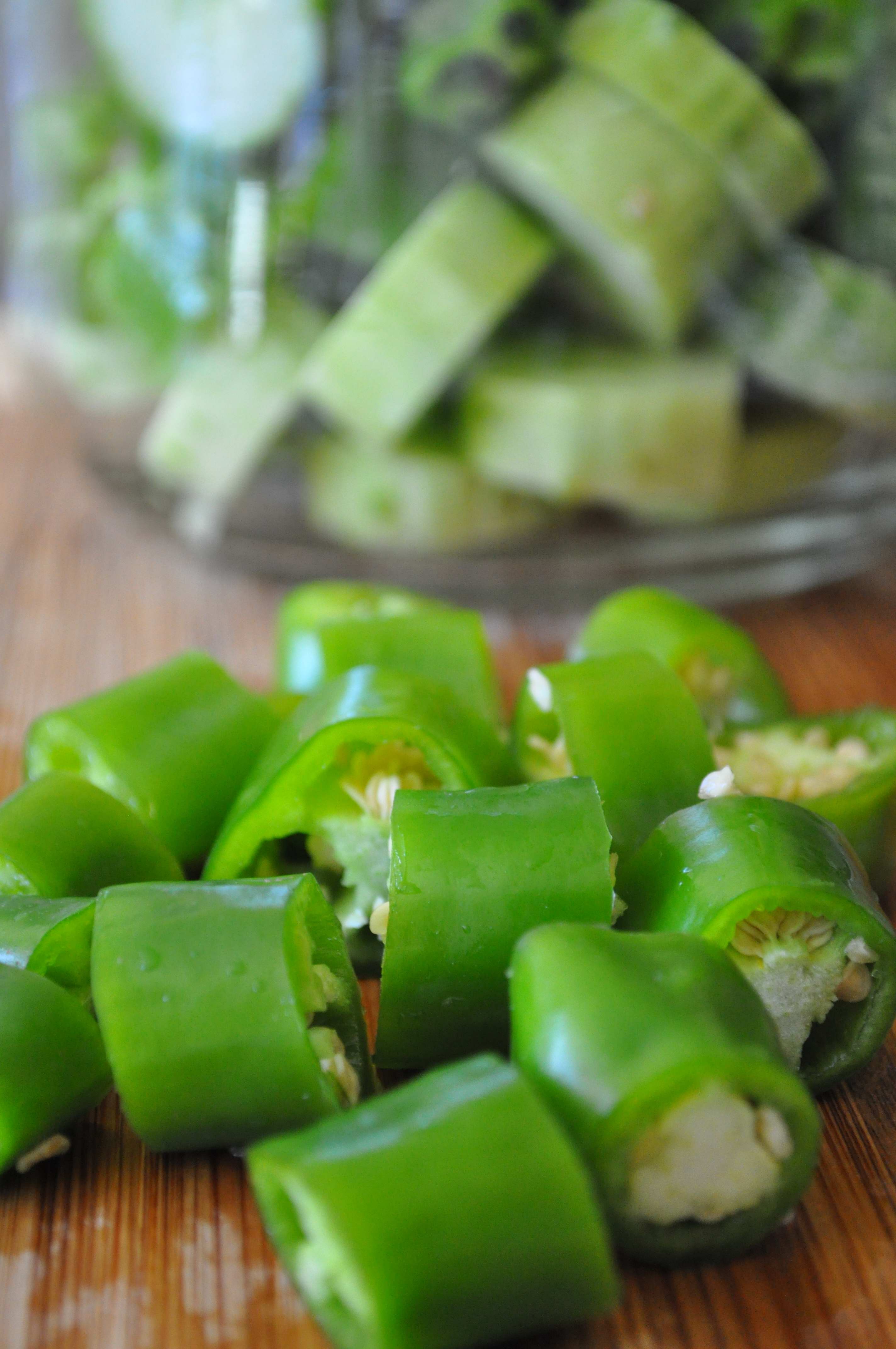
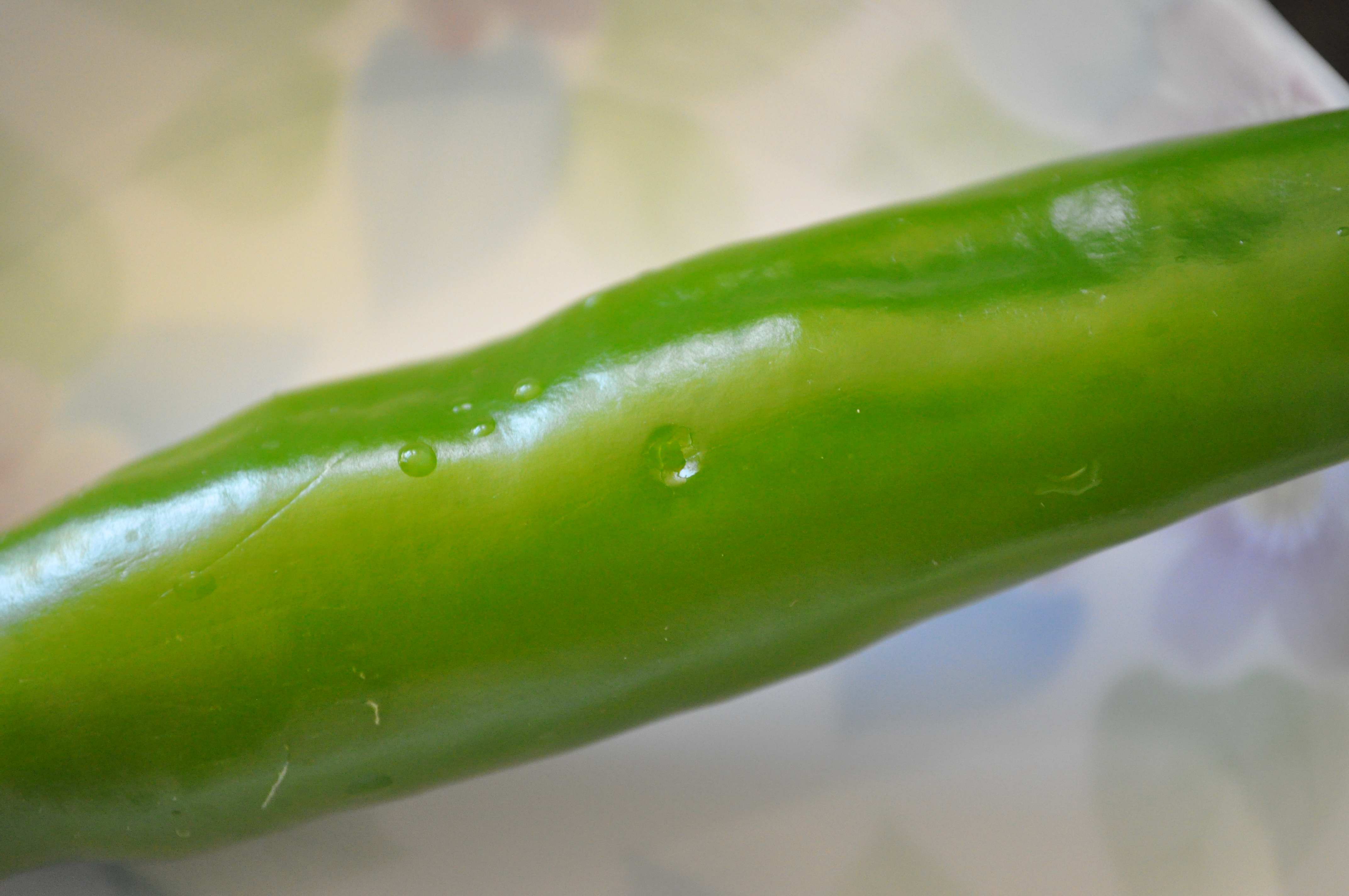
5. Put both the cucumbers and chili peppers into the jar. Now pour the soy sauce mixture onto the vegetables. The sauce should be quite hot – the hot temperature of the sauce shocks the vegetables and makes them crunchy so make sure it’s nice and hot!
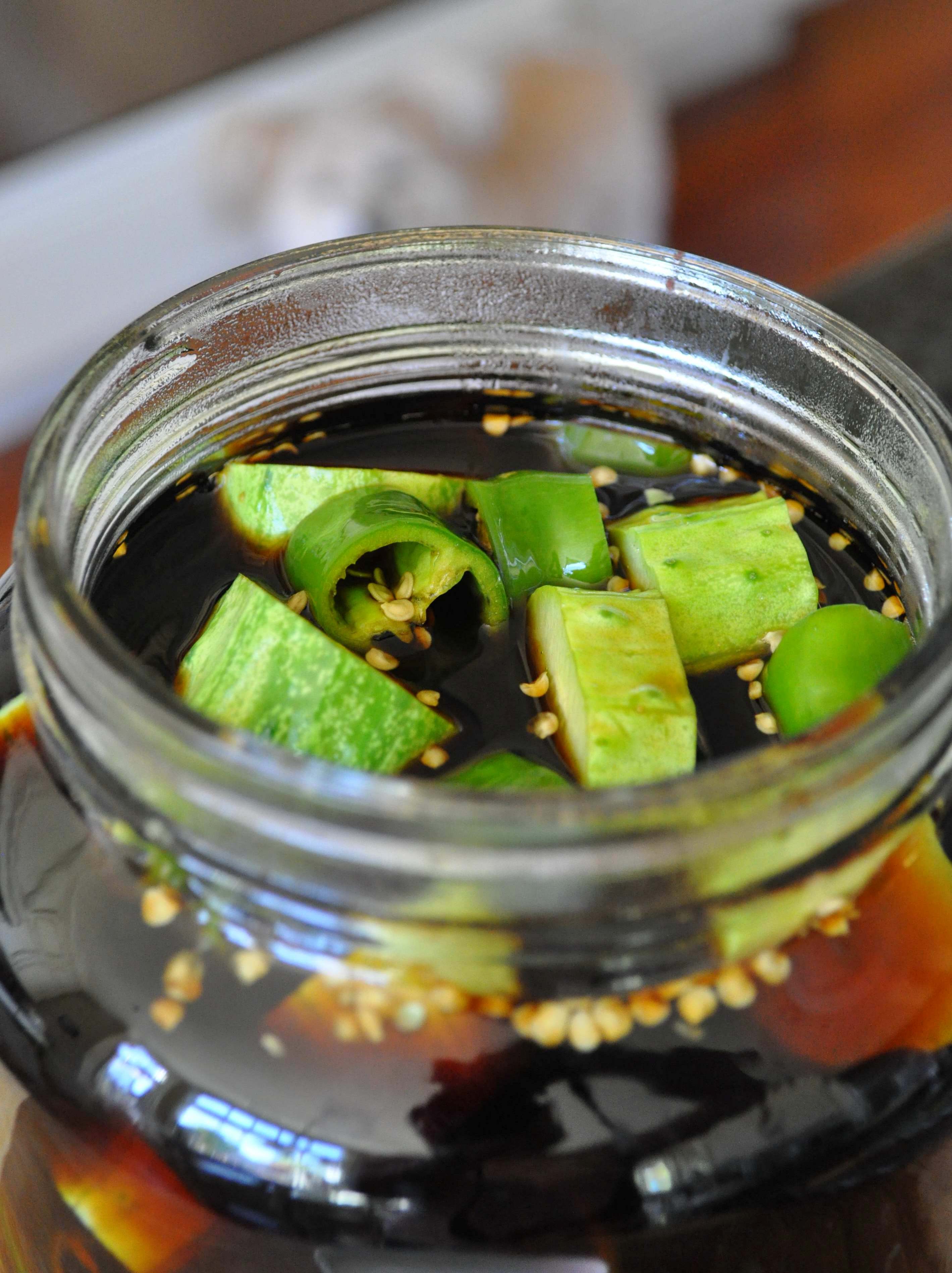
6. Just find something to weigh the vegetables down and you are almost done! When I was little I saw my mom use a stone to push everything down into the liquid. She would just get a clean smooth stone from the garden, then wash and boil it in water before using it. You can still do that – I’m sure there are benefits to using a natural stone..If you don’t feel comfortable using a stone, just find a saucer or little sauce dish to push things down before putting the cover on.
7. Let it sit for 3 days in room temperature and then drain the liquid out, boil it and then add it back to the jar while it is still hot. Leave it for 4 more days.
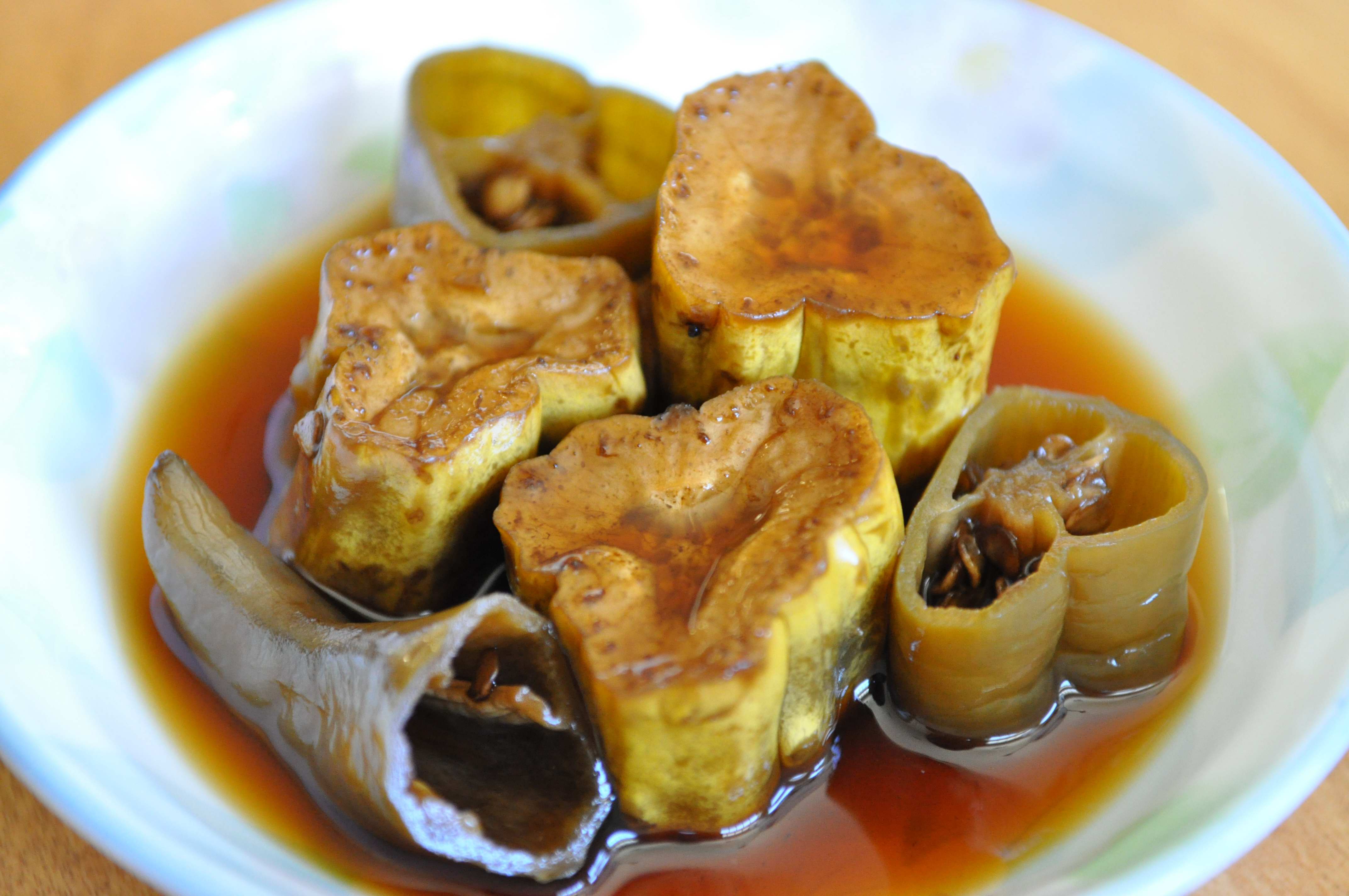
Here is how the pickles look after a week or so. Yum… my mouth is watering just looking at this picture.
Garlic pickles (마늘 장아찌 Mahneul Jangahjji) and garlic scape pickles (마늘쫑 장아찌Mahneul jjong Jangahjji) are another favorite pickle among Koreans and they go really well with grilled meats such as Kalbi, Bulgogi or Ssam-gyeop-ssal. Fresh garlic scapes are not always available, but my local Korean market was selling them few weeks back so I grabbed a whole bunch! Garlic scapes are immature flower buds that form on garlic plants that (when harvested young) have a wonderfully delicate garlic flavor.
1. Prepare peeled garlic cloves and garlic scapes. Wash them in water and let them dry. Cut the garlic scapes into 1 1/2 in length pieces:
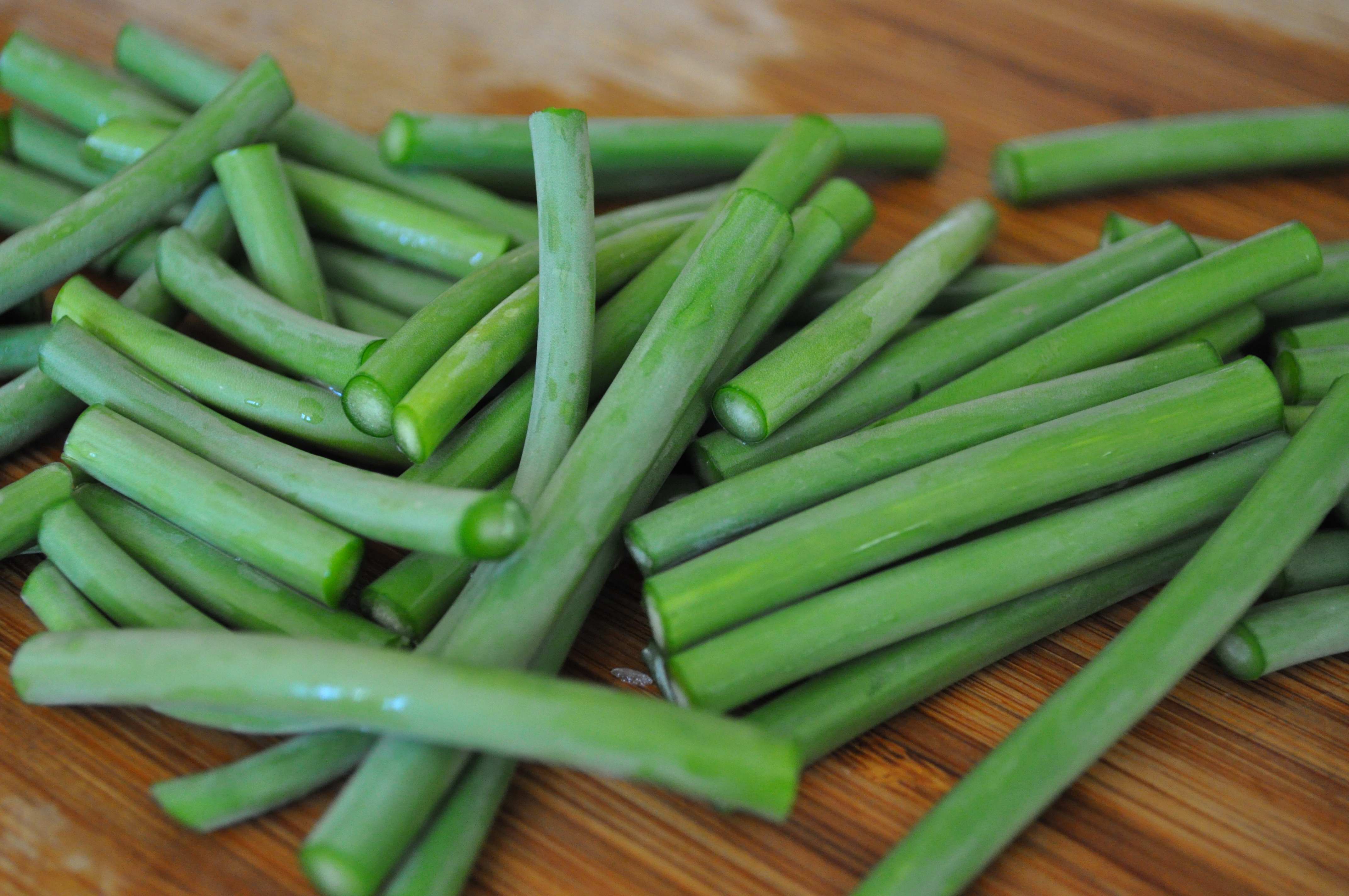
2. Get a glass jar or container, add the cut scapes and garlic cloves and pour the hot soy sauce+vinegar+ sugar mixture:
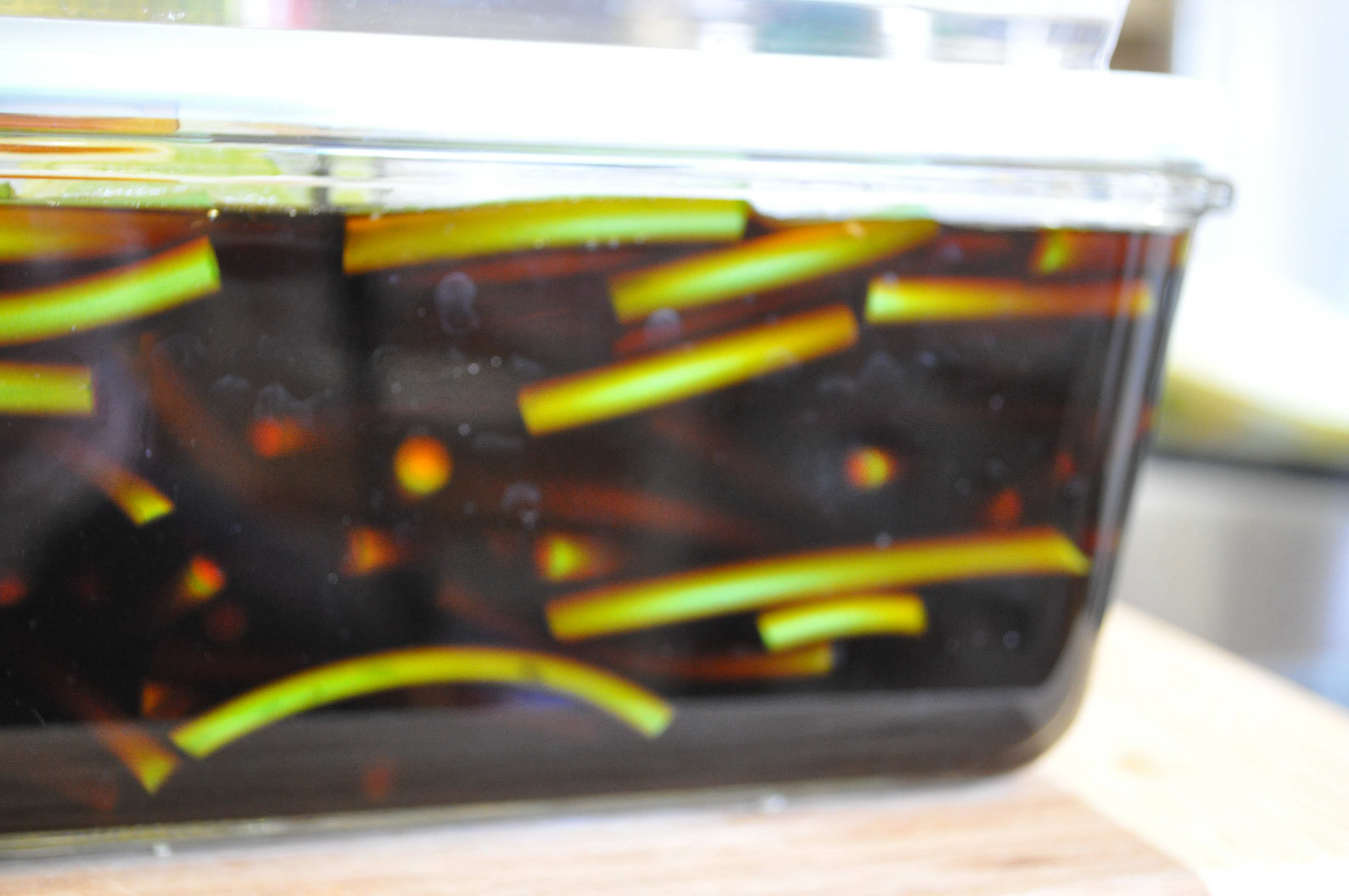
3. After 3 days, drain the liquid, boil it and add it back. Leave it for 4 more days.
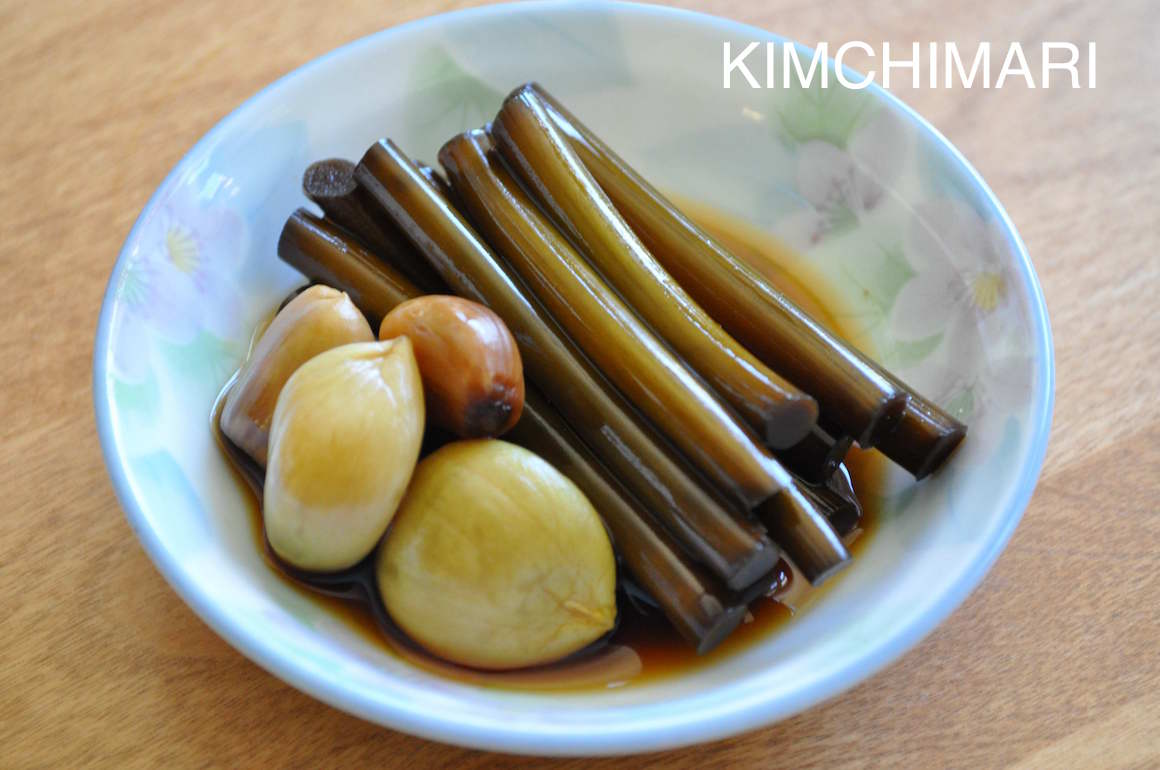
This is how it looks after a week! You have to try this – the garlic scape has such a beautiful delicate garlic flavor with a perfect crunch in every bite.
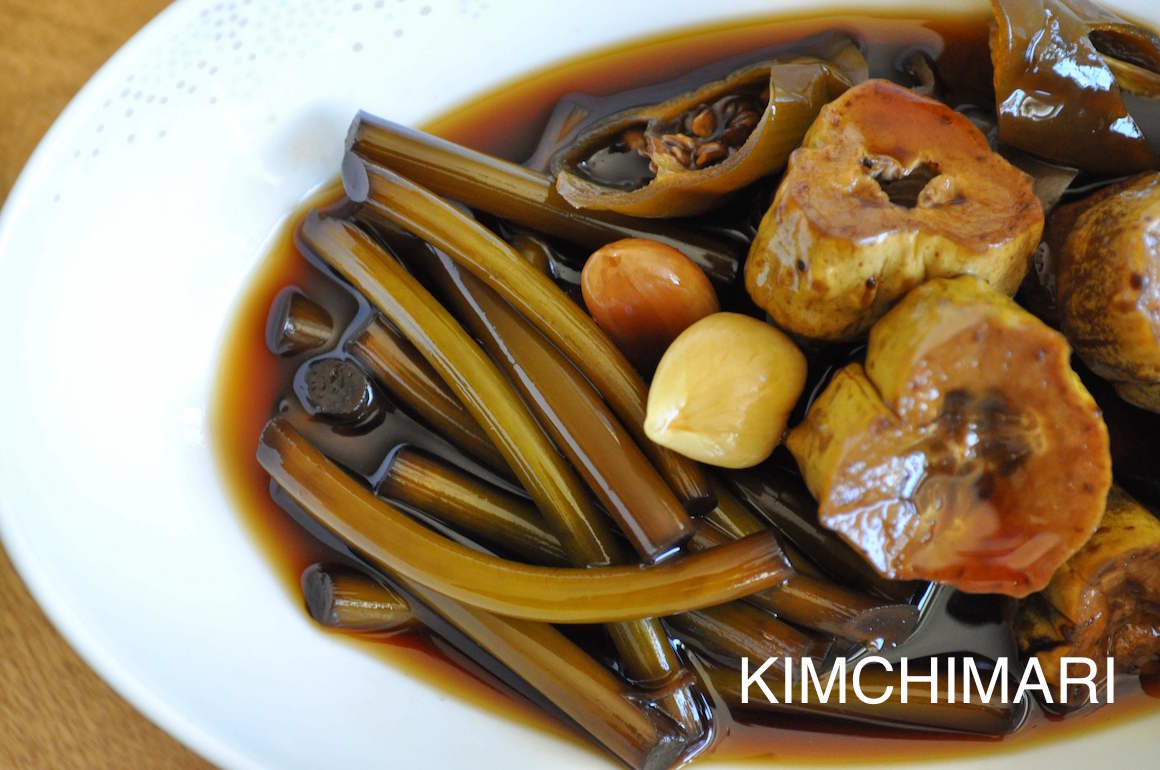
Korean Pickles (Jangajji)
Ingredients
- 4 Korean cucumbers (오이 Oyi) (Persian or Pickle cucumbers also OK)
- 5 green chili peppers (optional)
- 3 C soy sauce (approx.)
- 3 C sugar (approx.)
- 3 C rice vinegar (approx.)
- 1 handful of rough sea salt
Instructions
- Mix soy sauce, vinegar and sugar in a pot and let it come to a boil. When it boils, turn the heat off and let it sit.
- In the mean time, grab a generous pinch of sea salt and clean the cucumbers by rubbing each one with salt.
- Rinse cucumbers with water and pat them dry. You can then cut the cucumbers into bite size pieces or keep them whole.
- Wash green chili peppers. Whole peppers can be used or can be cut into pieces. When using whole peppers, make a hole in the pepper by piercing it with a sharp skewer or toothpick. If you cannot find Korean chili peppers, you can also use Jalapeno peppers or other peppers. A good substitute for a Korean chili pepper is the Anaheim green chili pepper.
- Put both cucumbers and chili peppers into the jar. Pour soy sauce mixture onto the vegetables. The sauce should be quite hot – the hot temperature of the sauce shocks the vegetables and makes them crunchy so make sure it’s nice and hot!
- Find something to weigh the vegetables down and you are almost done!
- Let it sit for 3 days in room temperature and then drain the liquid out, boil it and then add it back to the jar while it is still hot. Leave it for 4 more days.
Tips for Korean Pickles
* Serving: you can just serve as is or sprinkle some roasted sesame seeds on top. You can also add some seasoning such as sesame oil, red chili powder and chopped fresh green onion.
* Storage: you can store these Korean pickles at room temperature for weeks without the taste changing at all. No fridges in the old days.
* Taste: adjust the amount of vinegar and sugar to taste. I have seen recipes which uses less vinegar and sugar (1/3 of amount used here). I personally prefer the 1:1:1 ratio since these are meant to be sweet and sour.
* What do you do with the leftover Korean pickle juice? : make more pickles by just getting more vegetables and then re-boiling the juice before making a new batch. The soy sauce mixture does seem to become less salty with the water coming out from the vegetables during the pickling process so you may want to add additional soy sauce mixture to bring up the level of salt.
Happy Summer!
XOXO ❤️
JinJoo
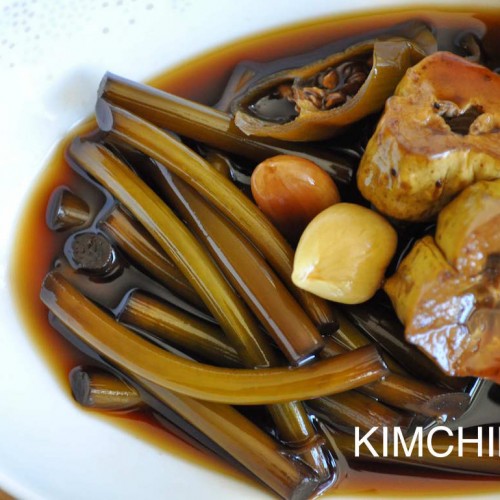
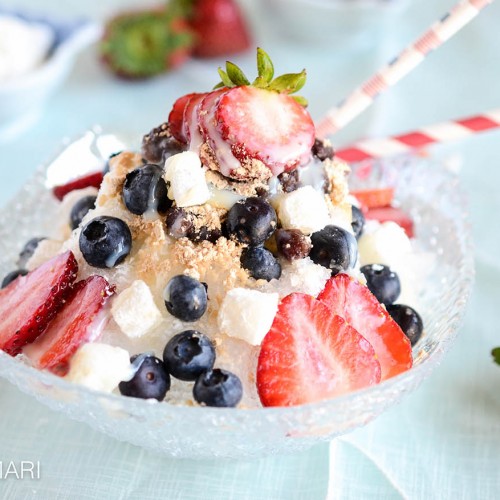
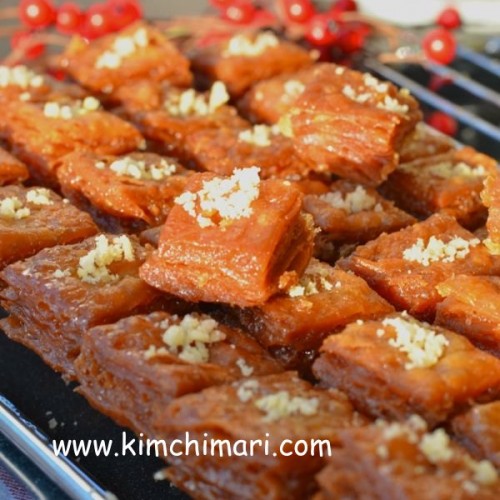
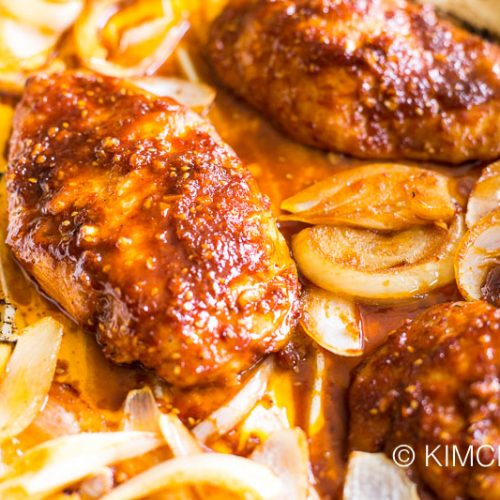
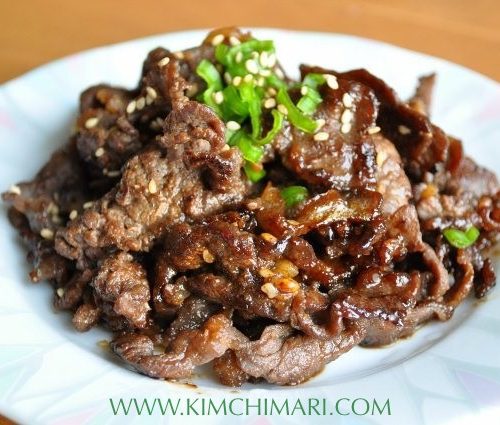
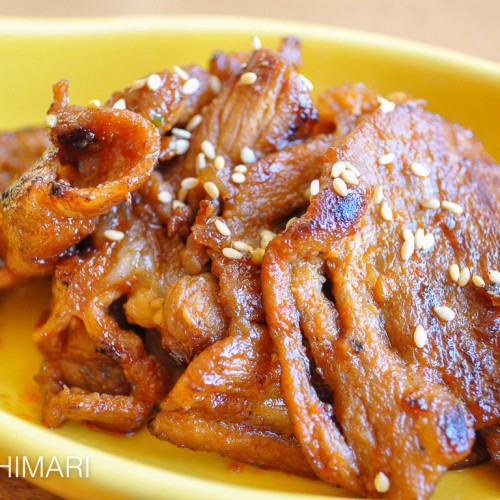
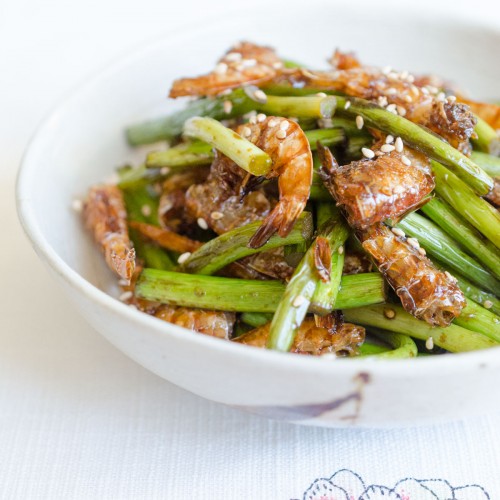
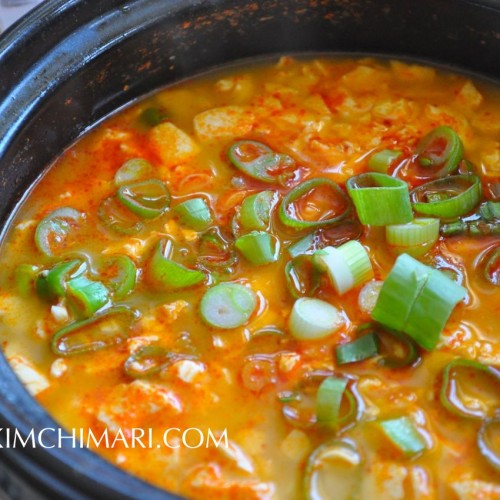
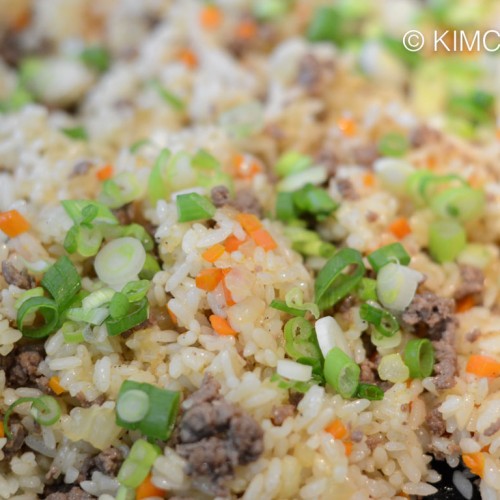
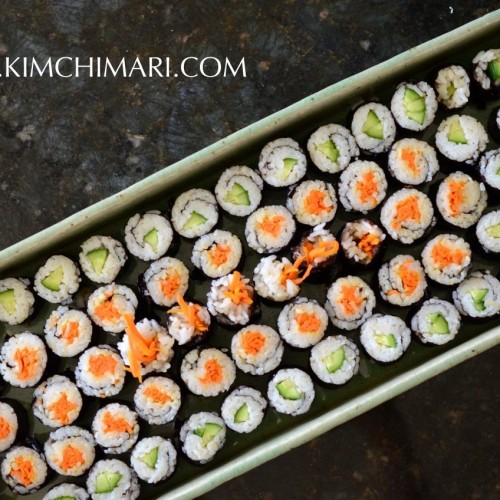
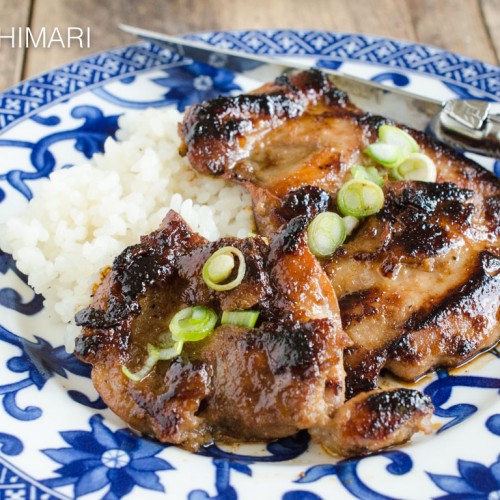
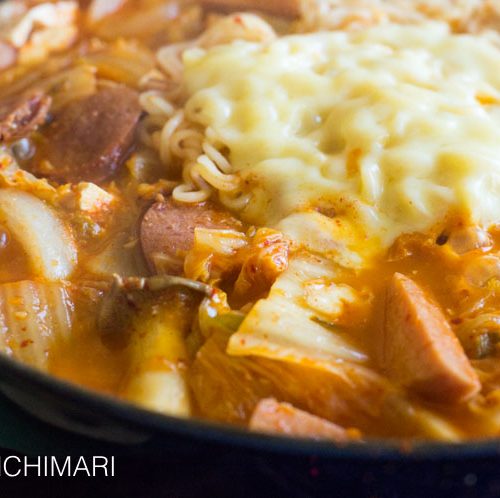
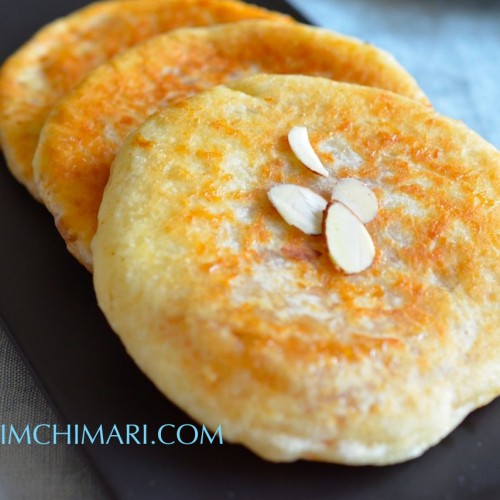






Just an FYI – the pictures are not loading on this page (the links work). All the other things I looked at today are fine. I’m thinking about doing these for our staff picnic in a few weeks. I love pickling things! And I have to please a few vegans, which I think these will do.
Thanks so much Judith! You are so wonderful!!! I just noticed that this weekend and then I was trying to remember this morning… ‘Now.. where was that missing picture??… :((‘ It should work wonderfully for your picnic! If you want more crunch, you can add celery, radish or even broccoli stalks (which we usually throw away). Pickled broccoli stalks are actually one of my favorites..If you want, you may want to make it a little less salty and sweet if it’s not for Korean meal. For that try 2 cup each of soy sauce, vinegar, 1 c water, 1.5 C sugar. Boil that and use similarly. Good luck!
Im completely new to pickling , so after the last batch of boiling you just leave out and use when you want? No reboiling after the second time? I just want to be sure before I make these so I don’t get anyone sick. Thanks!
Hi Sierra! Yes, you just need to boil 2 times altogether and after the 2nd boiling of the liquid, you can leave it out for months
and it will be fine. I kept my garlic scape pickles for almost a year in Korea and it tasted fine till the end! But be sure to have all the vegetables immersed fully in the liquid. Because of the salt, acid content, it really rarely goes bad. If you do end up making it less salty, you may want to store it in your fridge though. Good luck and enjoy!
Thanks for your fast response! I’m slowly making Korean dishes ( I’ve made only 3 or 4 different things now) so it’s all new to me, and now that my kiddo is no longer on baby food I want to let her experience my favorite food! ( in hopes to escape bad for you American diet lol)
Do you use normal vinegar and soy sauce? Theres korean soy sauce and chinese.
I use Korean/Japanese soy sauce which is different from Chinese soy sauce. The brand I used in US is kikkoman which may also be available in your area. As for the vinegar, just use normal white vinegar or rice vinegar if you have. Good luck and Thanks!
Lovely presentation! Thanks for the recipe, I like to eat the chilli peppers pickle with pasta/spaghetti 🙂 but I agree it goes with almost everything-a versatile side dish!
Thank you! I actually enjoy eating kimchi with spaghetti sometimes but pickles are served all the time in Seoul with pasta so you certainly are not alone!
My wife (Korean) loves these pickles. And so do I. It’s a great side dish that goes well with almost everything. Thanks for sharing this recipe!
These pickles really brighten up your meal don’t they? I love having them with grilled meats. It really breaks up any greasy taste. Thanks for commenting!